7 tips for arranging gas heating of a country house: options and schemes
Severe domestic winters make you think through the details of the heating system of a country house. It would seem that there are many possible options for warming up. Electric heating wins in terms of ease of installation and operation, it can only go broke with constant use, diesel fuel has also grown in price, a pellet boiler is a very expensive pleasure, and today a classic stove is considered more like decor, since it cannot be an autonomous source of heat. After analyzing all the costs and the payback period, many choose gas heating of a country house, and it can even be organized without a gas main. We understand the possible schemes, options and types of boilers.
No. 1. Features of gas heating of a country house
The principle of functioning of gas heating is simple: gas burns and heats the water (coolant), which circulates through a closed pipeline and radiatorsby heating them and transferring heat to the room.
The advantages of using gas as a fuel:
- relatively low cost;
- autonomy and the ability to turn on and off the heating system whenever you want, at your discretion, regulate the temperature;
- water is an excellent coolant, and since the circulation system is closed, its volume in the system does not change;
- the ability to heat water for a hot water supply system (provided that a double-circuit boiler is used);
- simplicity of regulation of temperature.

disadvantages:
- water heating systems after switching on do not heat the air as quickly as, for example, electric convectors or fan heaters;
- gas heating is not suitable for cottages and country houses that are visited in winter from time to time. If the room temperature drops to negative values, the water in the system may freeze, which will cause the pipes to burst. Here the way out is either to use electric heatingor gas convectors;
- water should contain a minimum of salts;
- the entire gas water heating system needs care. It is necessary to control not only the operation of the boiler, but also the condition pipes and radiators.

No. 2. Heating with main and balloon gas
Gas heating can be realized due to:
- main gas pipeline;
- liquefied gas in cylinders and gas tanks.
If a summer house or a country house is not far from the gas pipeline, then you don’t have to think about the method of organizing heating for a long time - the choice is obvious. Gas main allows to speak about complete autonomy in providing heat, makes it possible to equip the system warm floors, but it may take a lot of time to agree on all the necessary documentation.
Even if there is no gas pipeline in the area, it is possible to organize a low-cost gas heating system in operation, and for this they use LPG cylinders. The cost of arranging such a system pays off within a few years. Cylinder gas is not able to provide a fully autonomous heating system, but the problem is solved by connecting several cylinders. It will be necessary to check the security of the existing system once every one to two weeks.
They showed themselves very well gas holders - large-capacity tanks located underground near the house. Periodically, the gas reserves in them are replenished with special gas carrier vehicles. Despite the fact that the use of liquefied gas is not as convenient as the main gas, for areas located far from gas pipelines, this is a real salvation. The heating system works the same way from the main, that from the liquefied gas. Gas holders are installed on concrete pillow, if necessary, you can connect two containers in one system, if later the demand for gas increases. Gas tanks are made of steel, and when choosing, they pay attention to the wall thickness (the larger the better) and volume (depends on needs).
No. 3. Gas boiler for cottages and country houses
Most gas boilers universal and can be used with any gas source. The thing is that even those devices that were originally developed to work with the main gas pipeline can be adapted to use liquefied gas. As a rule, just change the burner or buy a new one if the kit was not suitable. The remaining "alterations" will be minimal. This versatility of gas boilers is especially convenient when the area where the country house is located is just developing: at first you can use cylinders, and then connect the system to the gas pipeline - investments will be minimal.
If you plan to use in the heating system of a country house only gas cylinders, then when choosing a boiler, pay attention to those models, in which the lower threshold of the working gas pressure is minimal, this will save during operation. In addition, the boiler must be selected with a high level of efficiency, certainly not less than 90%.
The choice of gas boilers is huge, and it all depends on the requirements put forward. By functionality (number of circuits), boilers are divided into:
- single-circuit. They are used only for the organization of heating;
- bypass. Equipped with an independent hot water circuit, therefore, with their help, another problem is solved - warm water in the tap. Such boilers can be of flowing type, if the required amount of warm water is insignificant, and can be equipped with a built-in boiler, which ensures full heating and hot water supply.
Depending on the type of draft, boilers can be:
- natural draft. Ideally suited when the house already has chimney. Such a boiler will be cheaper, although its installation will be somewhat more complicated, and during operation it will sometimes be necessary to clean the chimney;
- forced draft, or turbine. The combustion products in this case are discharged through a small pipe equipped with a fan. The pipe can even be mounted in a wall, only to place it better away from windows and ventilation systems. Forced draft allows combustion products to leave the boiler faster, does not require the construction of a chimney, but constantly uses electricity during operation.
Type of ignition may also vary:
- manual, i.e. using a match, this is the oldest way, often unsafe. Today, such boilers almost do not produce;
- piezo ignition. Here, instead of a match, a spark is used, obtained from pressing a special button. This is a more advanced method and, according to many experts, best suited for the conditions of a country house, because for ignition, electricity is not used, which can be a problem;
- electric ignition - it is convenient, economical, safe, but for areas where it happens power outages, not an option.
By installation method boilers are divided into:
- wall mounted;
- outdoor.
The question here is not only in personal preferences, but rather in the required capacity. Floor boilers - These are more powerful, productive and durable devices, but they are also slightly more expensive than wall-mounted ones. Wall mounted boilers have less power (as a maximum, provide heating of a house of 300 m2), take up a minimum of space.
To the room where the boiler will be installed, some safety requirements are put forward. The room must be at least 7.5 m2with a ceiling height of at least 2.5 m. If wooden house, it is better to isolate the room with the boiler with roofing steel, in extreme cases - with 3 mm thick asbestos sheets.
Number 4. What boiler capacity is needed?
One of the main characteristics of the boiler is its power. According to this parameter, the boilers are divided into devices small (up to 65 kW), middle (up to 1700 kW) and high power (up to 15000 kW). For cottages and country houses low power boilers are commonly used, the rest are used in industry.
The choice of boiler power depends on the mass of parameters:
- room size;
- climatic conditions;
- quality home insulation;
- the need to heat water for hot water supply.
According to the simplest calculationfor every 10 m2 a heated room will need 1 kW of boiler power. Such a formula gives a general idea of the requirements for heating equipment, but other parameters should be taken into account to obtain more accurate data. For houses built according to a standard design with a ceiling height of not more than 3 m, the calculation is simple. For every 10 m2 The area will need such boiler power:
- 0.7-0.9 kW for homes in the southern regions;
- 1-1.2 kW for the middle strip;
- 1.2-1.5 kW for Moscow and Moscow Region;
- 1.5-2 kW for the northern regions.

The results of these calculations are valid if the boiler is used only for heating. When with double-circuit boilers, which also work for hot water supply, it is worth adding 25% more power to the result. If a forced ventilation system is used in the house, it is better to throw 5% of power to the obtained value.
If the house is built on individual project, then the calculation is somewhat complicated. For this, special calculators are used, but you can approximately calculate the required power according to this scheme:
- we consider the heat loss of the building according to the formula V * Рt * k / 860, where V is the volume of the room, Pt is the maximum difference between the external and internal temperatures, and k is the dispersion coefficient, depending on the thermal insulation;
- for well insulated houses from reliable double-glazed windows k = 0.6-0.9, for buildings with an average level of thermal insulation - 1-1.9, with a low level - 2-2.9, without thermal insulation - 3-4;
- for example, there is a house with an area of 120 m2 and a ceiling height of 3.5 m, it is insulated well, but not enough (k = 1), the temperature must be maintained in the house 210C, and on the street it can drop to -200C. Heat losses will be (120 * 3.5) * 41 * 1 = 17.22 kW;
- the power reserve is taken 15-20%, so for our house we need a boiler with a capacity of about 22 kW.
Of course, you can not bother with calculations and take a boiler with a power that is many times higher than required, because automatic systems can control the gas flow. But not everything is as simple as it might seem. Firstly, a much more powerful boiler than necessary will cost more, its efficiency will decrease, malfunctions can occur in the equipment, components will quickly wear out, so it’s better to take a boiler that is at least approximately suitable for a particular country house or cottage.
If the gas cylinder is the gas source, then the system is especially responsible for calculating and setting up the system. Practice suggests that for heating and hot water supply of a heated house with an area of about 130 m2 3-4 cylinders per week will be required, and this is provided that on the street temperatures drop to -230C, and in the house are maintained at +230FROM.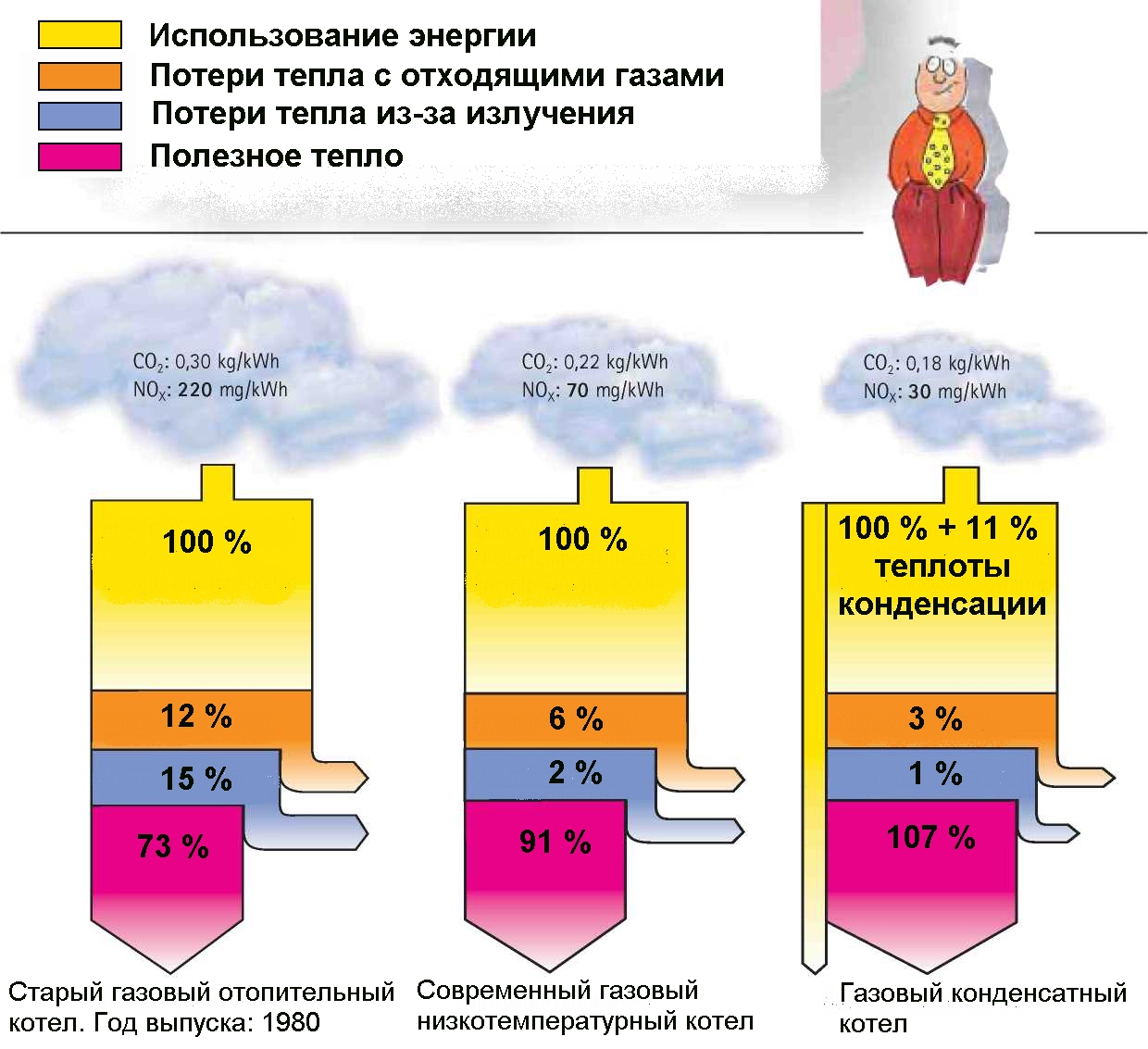
Save and increase productivity help condensing boilerswhich, in addition to the calorific value of the fuel, also use the heat of the products of combustion and water vapor. In conventional boilers, this heat is thrown out onto the street.The efficiency of such boilers often exceeds 100%. If the performance of one boiler is not enough, then you can connect several boilers "in cascade".
To save gas, you should also insulate the room, equip the heating system with automation and gas leakage detection sensors.
No. 5. Schemes of gas heating of a country house
The gas heating system with the boiler works quite simply: the heat carrier heats up, receiving heat from the combustion of gas, circulates through pipes and radiators and returns to the boiler already cooled. The coolant circulation through the system can be:
- forced;
- natural.
Natural circulation is carried out through the use of an expansion tank, which is mounted at the highest point of the house, and is provided by the difference in density of hot and cold water: heated water with a lower density is forced out by the colder water up. Having risen to the upper point of the heating system, heated water flows by gravity to all radiators and heating pipes, and when it returns to the boiler, it already has a lower density. The cycle repeats. For natural circulation, it is important that the boiler is lower radiators, and the greater the difference in level, the better. The horizontal sections of the pipes are performed at an angle to provide a higher rate of runoff of hot water to the radiator, and cold to the boiler. In addition, it is better to take polypropylene pipes with an intentionally oversized diameter, and the less bends and turns, the better.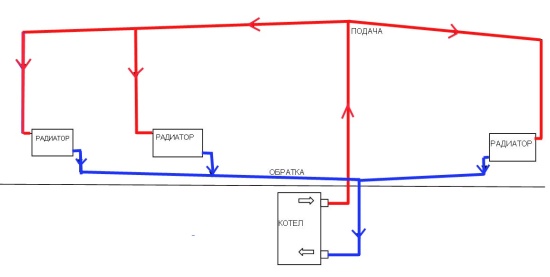
Forced circulation carried out by a pump, and in some modern boilers it is already integrated. Installing a pump will solve a lot of problems and put the boiler in any convenient place, neglect the slope of the pipes, but will result in higher electricity bills. Nothing prevents you from taking advantage of both systems: you can use the pump when there is electricity, but when there is a disruption with it, you can rely on natural circulation.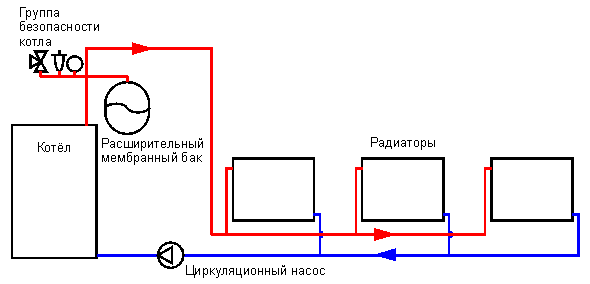
No. 6. Pipe layout
The heating system can be implemented in one of these options:
- single pipe. Requires a minimum amount of materials, relatively easy to install, therefore, it is often used to equip the heating of a country house, and it can even be organized independently. Minus lies in the fact that different rooms are heated unevenly, so a one-pipe scheme is suitable only for not very large country houses. The coolant from the boiler enters the first radiator, then flows into the second, third, etc., gradually cooling and returning back to the boiler;

- two-pipe scheme more perfect and provides for the supply of warm water to the radiator through one pipe and its removal through the other pipe from each battery separately. Such a wiring allows all radiators to heat evenly, and the temperature of each using special shut-off valves can be adjusted separately. TO disadvantages applies more complex mounting and higher costs.

Number 7. Gas convector heating
In some cases, it makes sense to heat the cottage with a gas convector. The source of gas may be the main pipeline, but most often it is the cylinders that are used. The gas convector is ideal for those country houses where the owners rarely appear in the cold season.
Main advantages:
- ease of installation;
- the system does not use water, therefore there is nothing to freeze;
- fast heating of the room from the moment it is turned on;
- high efficiency;
- compactness;
- simplicity of temperature control, and in different rooms without problems you can set different temperature conditions.

Principle of operation gas convector is based on a regenerative heat exchanger. Gas burns, heating the air ceilings that enter the room, and the combustion products are discharged to the outside.Convection of warm air can be natural or forced (a fan is used). Mount the convector stationary on the wall. If a cylinder is used as a gas source, then it is better for him to build a metal box on the terrace or near the outer wall of the house.
When choosing a gas convector, you need to understand that with its help you can heat only the room in which it is installed. They can not heat water, and power rarely exceeds 7 kW (usually 2-5 kW). As for power, when choosing, proceed from the ratio of 1 kW of power per 10 m2 area, but it is better to take a convector with some margin.
Remember that there are alternatives to gas heating in a country house. If you appear infrequently in the country in the winter, and stay even less often with an overnight stay, then it is better to stay on electric heating. It becomes disadvantageous when the area of the house is large, and visits to it in the cold are frequent - there is nothing better than gas heating.


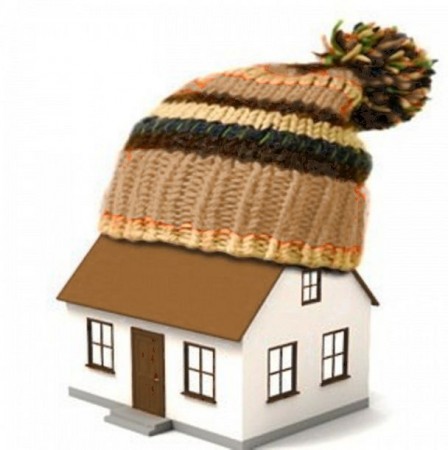
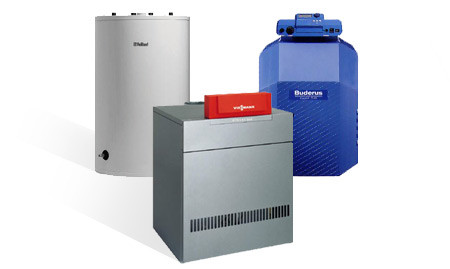
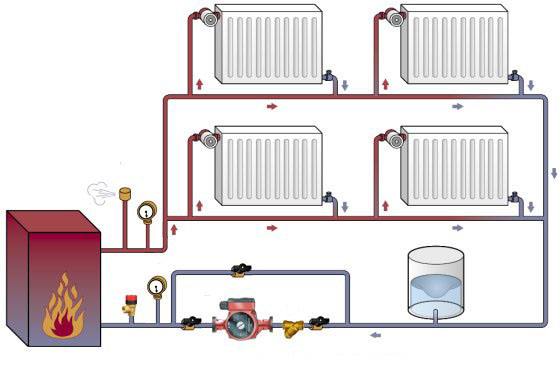
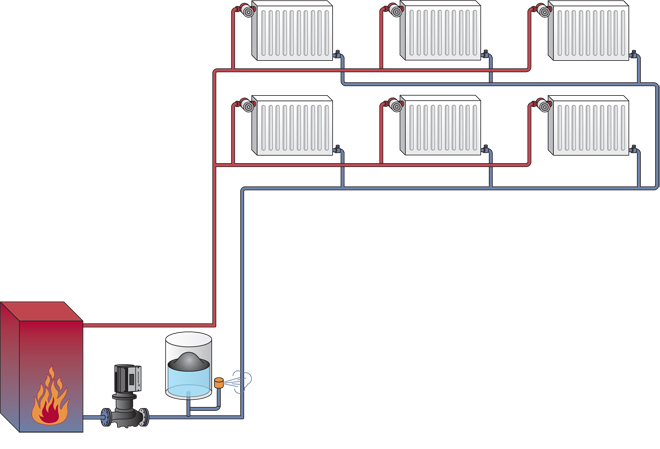
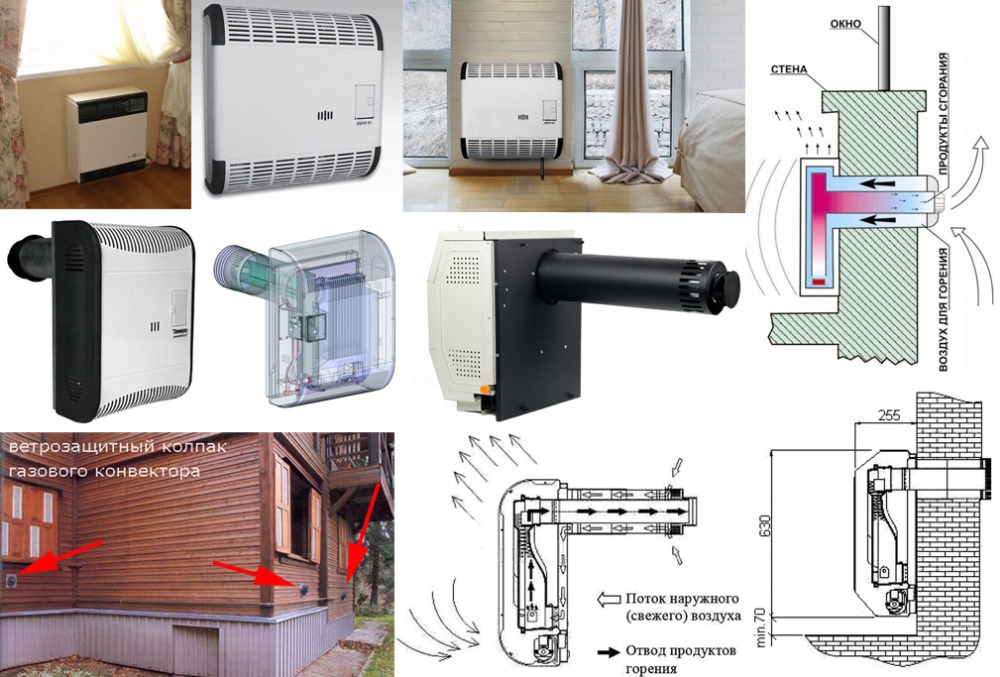
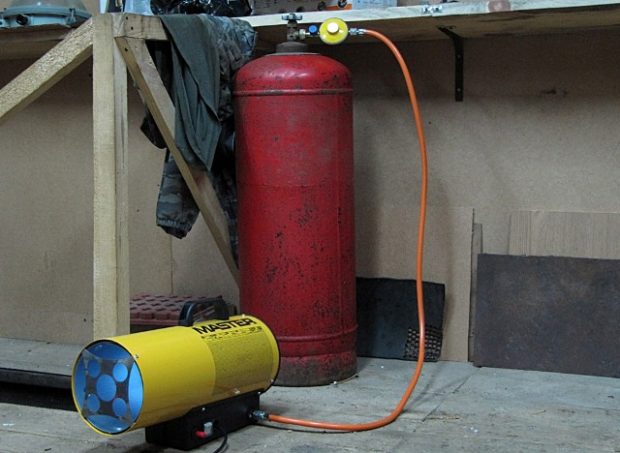
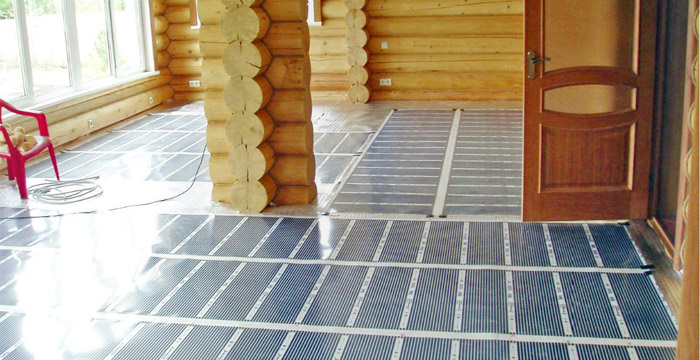
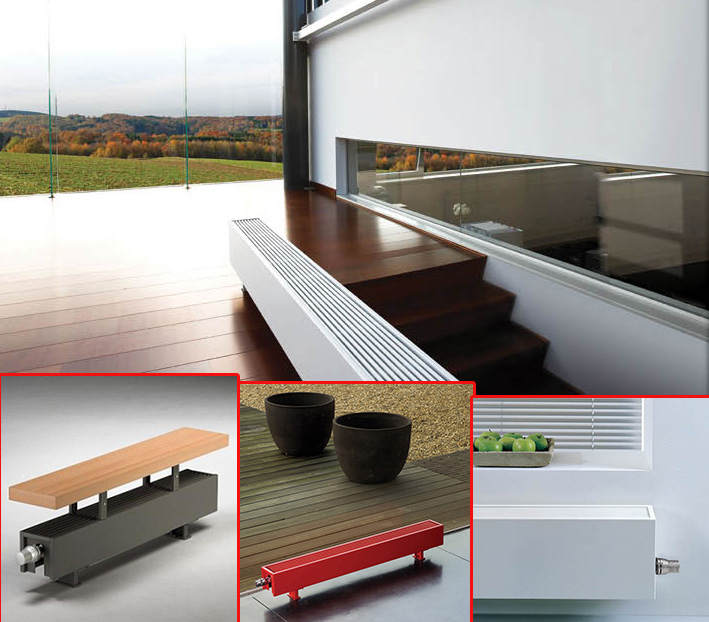

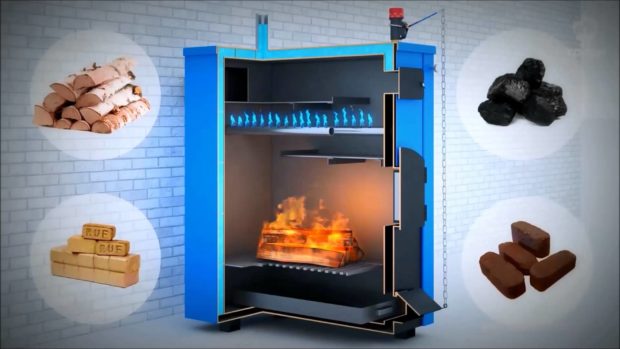

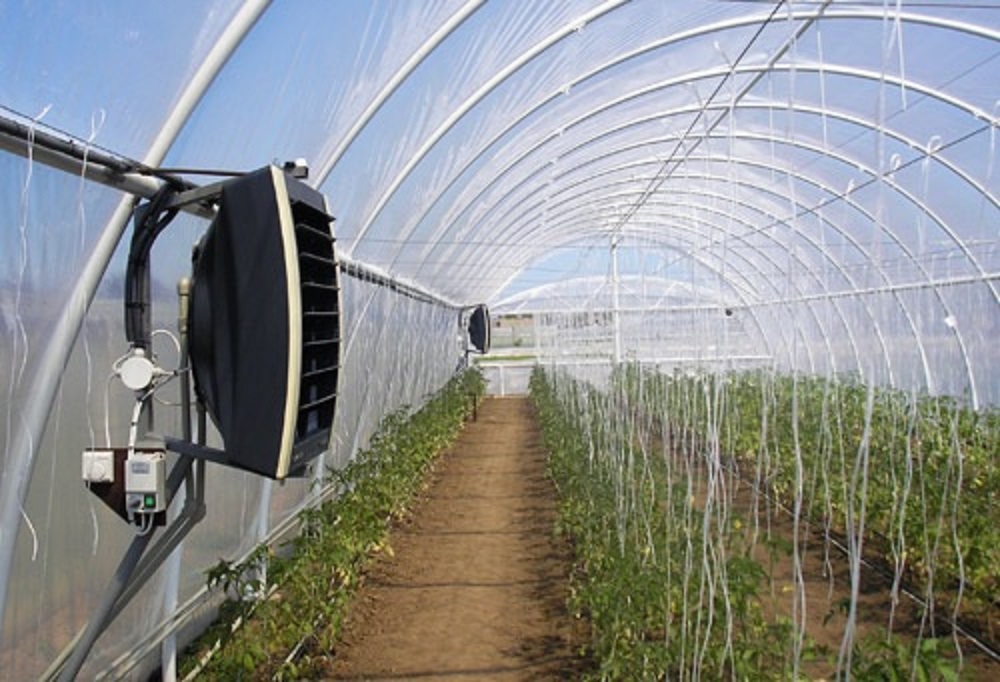
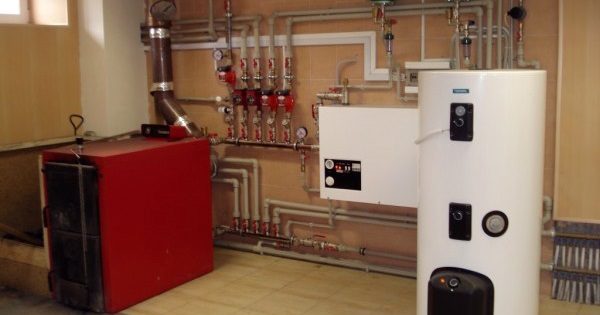
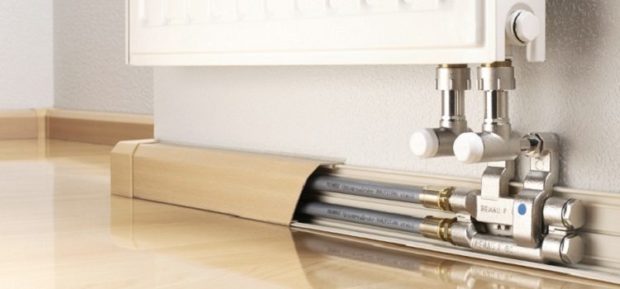
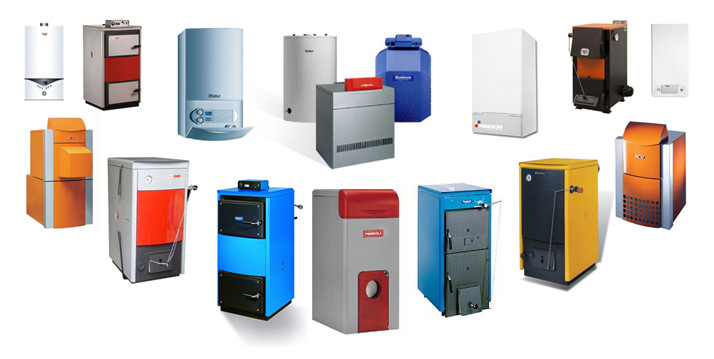
I would also add a not-so-common way of heating home heat pumps.